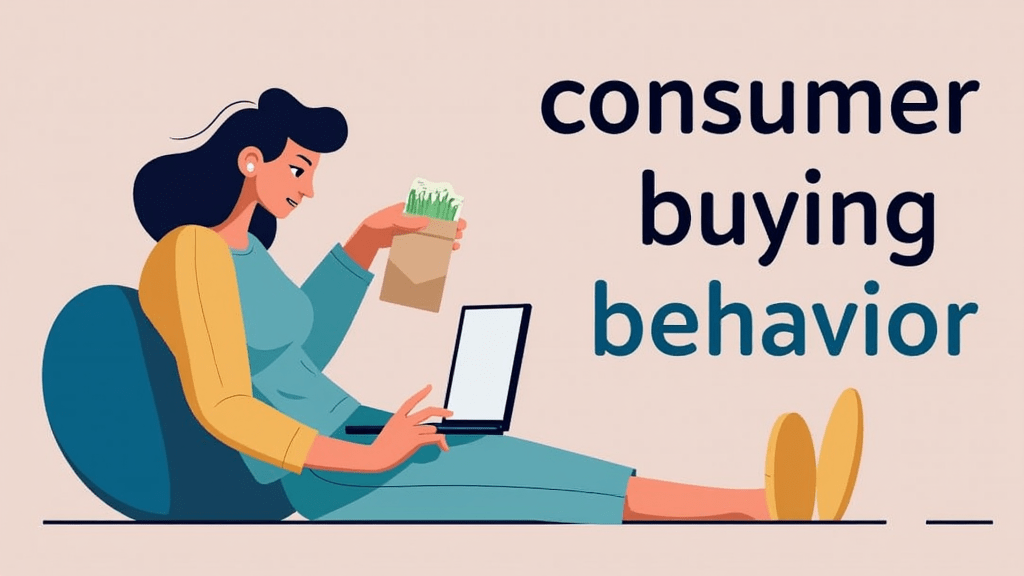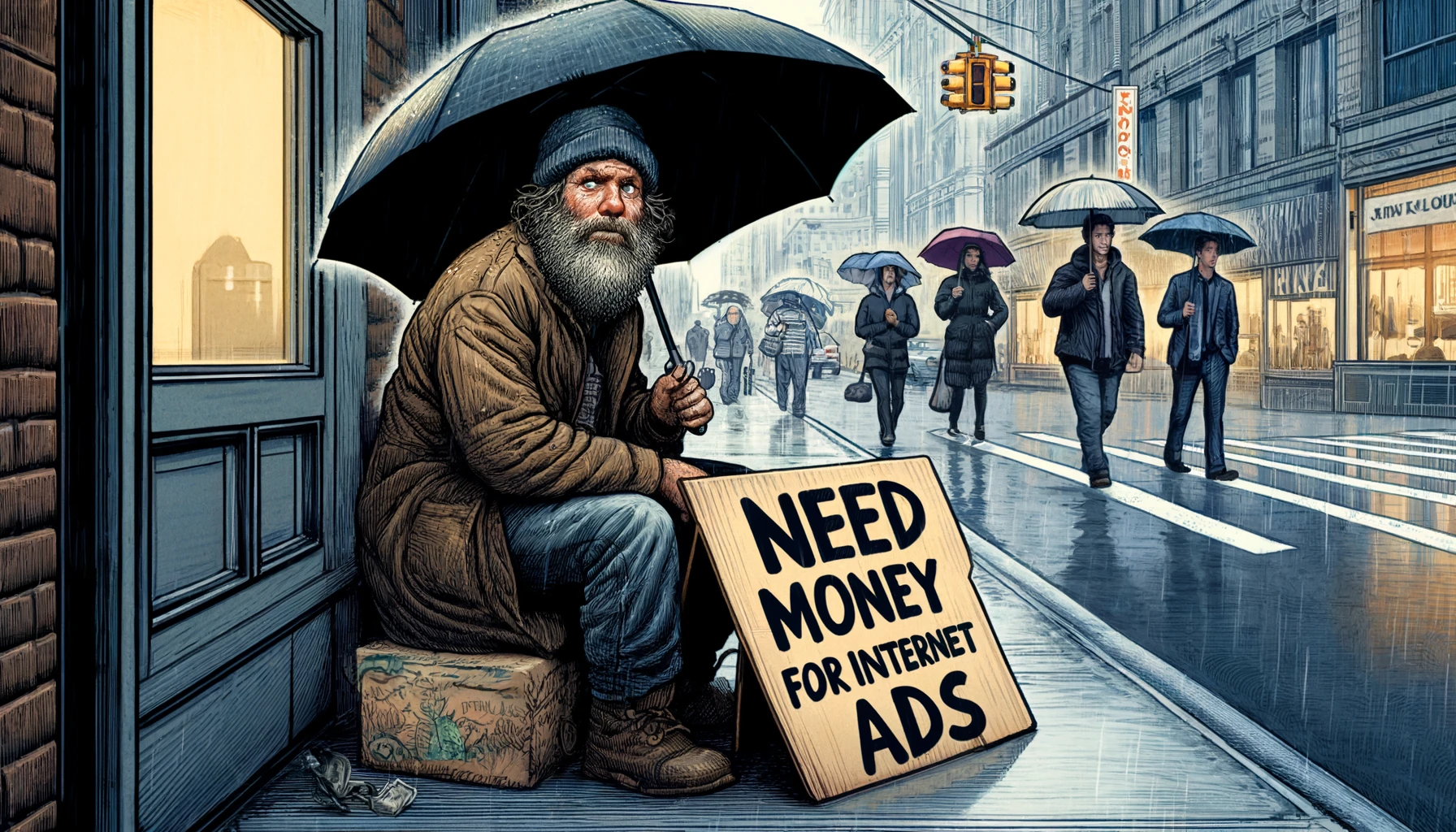Consumer buying behavior is more than just a buzzword. For small business owners trying to stand out in a crowded market, understanding how and why people make purchase decisions can be the secret to boosting sales and building genuine customer loyalty. When you learn about the psychological and emotional triggers that influence buying patterns, you can better tailor your marketing efforts, online presence, and sales approach to resonate with your target audience on a deeper level.
Small businesses often have limited budgets compared to large corporations. That’s why every dollar spent on marketing must count. If you understand consumer behavior, you can aim your marketing campaigns directly at the heart of what motivates buyers.
Why Consumer Buying Behavior Matters for Small Businesses
When you’re a small business owner, resources are precious. Big brands may have the luxury to experiment widely and see what sticks, but small businesses need to be more strategic. Here’s how a grasp of consumer buying behavior helps:
- More Effective Marketing: Pinpointing how customers think and feel helps you craft messages and campaigns that truly connect, maximizing your return on investment.
- Stronger Customer Relationships: When you cater to the real needs and desires of your customers, you not only make sales but also earn loyalty.
- Better Product Alignment: Insights into consumer behavior can help you fine-tune offerings based on the specific preferences of your market.
- Informed Decision-Making: From choosing which social media channels to focus on, to creating promotions that spark engagement—consumer insights guide you to more confident business decisions.
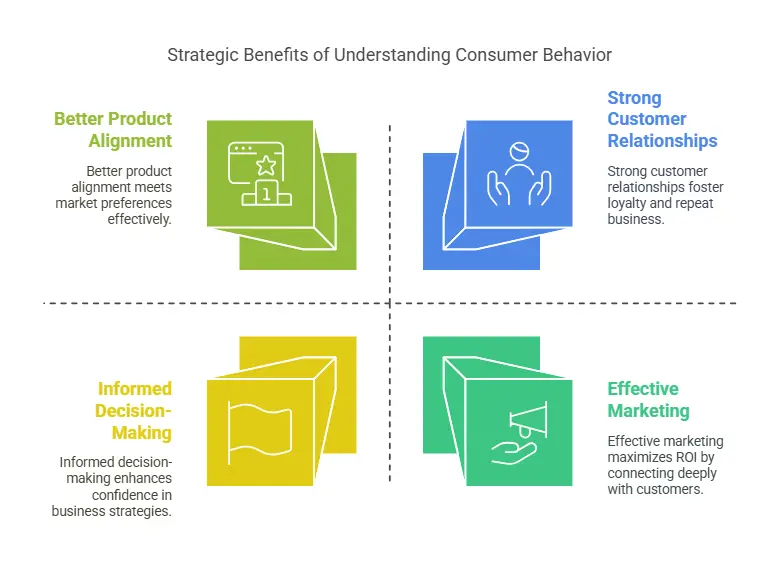
Key Psychological Principles Behind Purchases
Before we break down the famous “five stages” of the buying process, it’s essential to understand the main psychological drivers at play. Whether someone is making a spontaneous buy at your local bakery or researching the best accounting software online, there’s a dance between emotions, logic, social cues, and ingrained habits.
- Emotions: People often purchase based on feelings—comfort, excitement, trust—then rationalize with facts later.
- Logic: Price, product features, and benefits are part of logical reasoning that justifies a purchase decision.
- Habits: A loyal customer may come to your café every morning because it’s part of their routine, not because they actively compare other options each day.
By integrating emotional appeal, logical benefits, and habitual incentives into your marketing strategy, you encourage a broader range of consumers to engage with your brand.
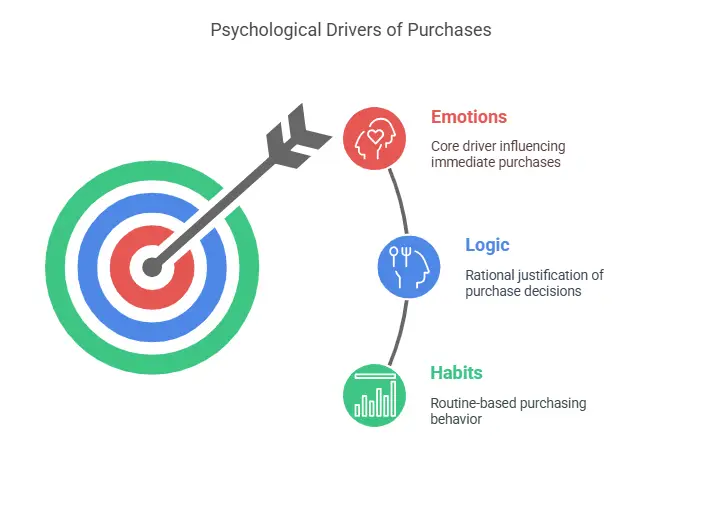
The Five Stages of the Buying Decision Process
Consumers typically move through a five-step decision-making framework when they make a purchase. Understanding this path helps you position your small business effectively, no matter what you sell:
- Problem Recognition: The buyer realizes they have a need—maybe they want a healthier lunch option or new accounting software for their small retail store.
- Information Search: They look for more details, comparing brands and reading reviews. This stage is crucial for small businesses—you need to show up in online searches, on social media, or through word-of-mouth referrals.
- Evaluation of Alternatives: Now they compare different products or services. Price, quality, and brand credibility all come into play.
- Purchase Decision: The moment they say “yes” (or click “buy”). This step can be influenced by factors like a streamlined checkout process, social proof, or an urgency trigger (“Only 2 left in stock!”).
- Post-Purchase Behavior: Once they’ve bought your product, they assess whether it meets or exceeds their expectations. This shapes future loyalty and word-of-mouth recommendations.
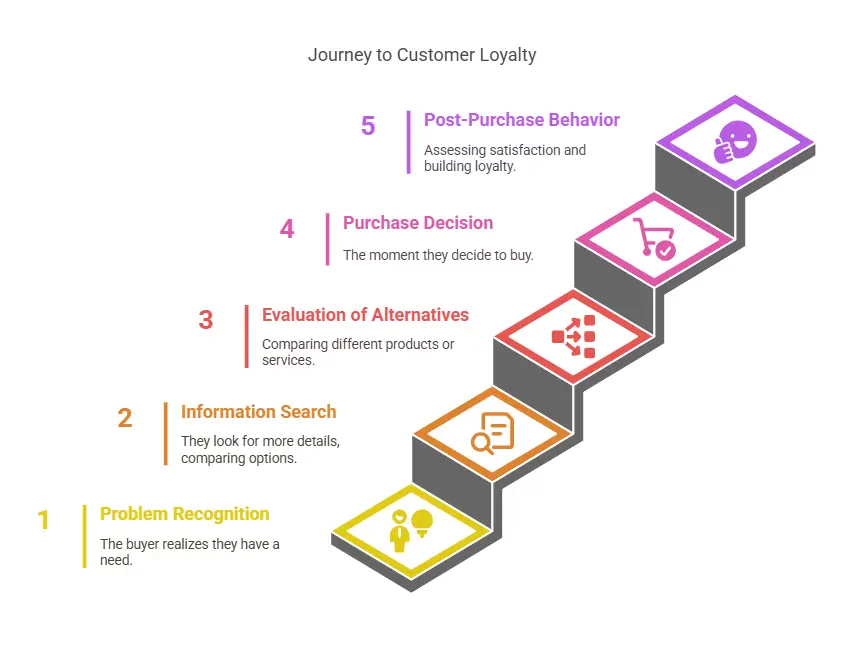
1. Problem Recognition
Every purchase starts with a trigger—a functional need (like restocking office supplies) or an emotional desire (like feeling pampered at a local spa). Small business owners can prompt this recognition by highlighting problems their products solve. For example:
- Sharing customer testimonials that reveal how your hair salon transformed someone’s self-esteem.
- Posting social media content about the latest pastry trends to stir cravings for your bakery items.
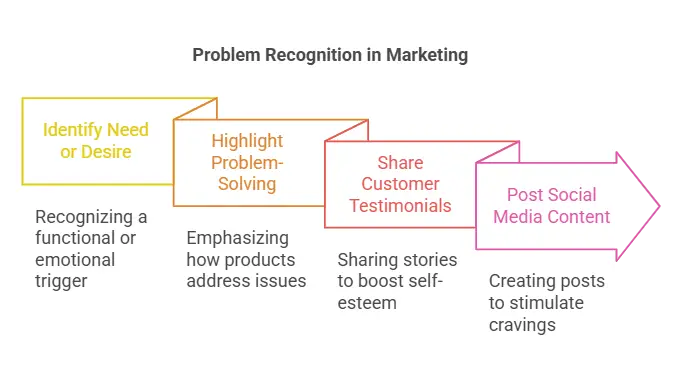
2. Information Search
After acknowledging a need, consumers turn to research. They might ask friends, scroll through social media, or do a quick Google search. Small businesses can position themselves here by:
- Optimizing web pages and blog posts for relevant keywords (e.g., “best handmade candles in [your city]”).
- Maintaining an active presence on the platforms most frequented by your target audience.
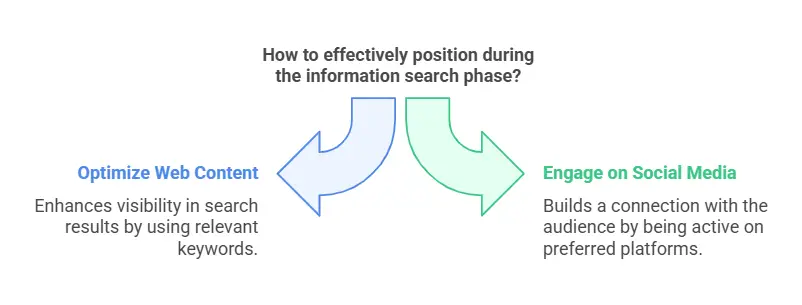
3. Evaluation of Alternatives
At this stage, potential buyers weigh their options. They’ll compare multiple small businesses or bigger chains offering similar products. To stand out, focus on:
- Highlighting unique selling points (e.g., “locally sourced ingredients,” “artisanal craftsmanship,” or “24/7 customer support”).
- Offering transparent pricing and compelling benefits on your website or brochures.
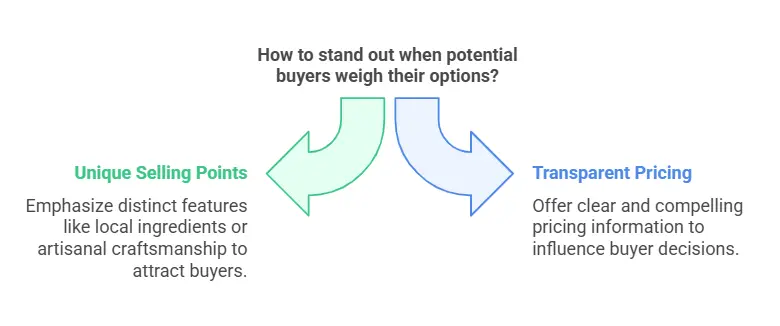
4. Purchase Decision
When it’s time to buy, the little details matter:
- Implement a friction-free online checkout or a simple point-of-sale system in your store.
- Show trust signals like secure payment icons or money-back guarantees.

5. Post-Purchase Behavior
This final phase influences whether you’ll see repeat business or lose a customer. Encourage loyalty by:
- Sending thank-you emails.
- Offering a loyalty program for returning customers.
- Inviting feedback and responding to concerns promptly.
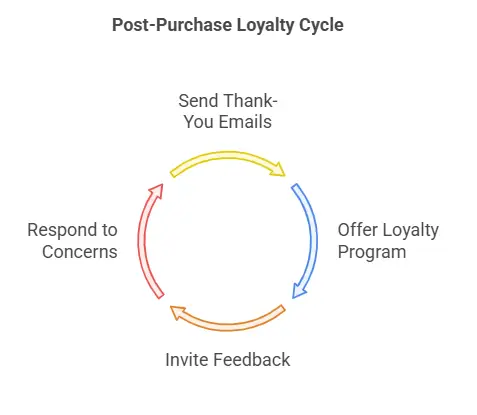
Four Influential Cognitive Biases to Know
Cognitive biases are mental shortcuts that can subtly influence purchasing decisions. Here are four that every small business owner should keep in mind:
- Anchoring Bias
Consumers tend to rely on the first piece of information they receive. Showcasing a higher-priced product (or service package) first can make other options appear more affordable. - Loss Aversion/FOMO (Fear of Missing Out)
People fear losing out on opportunities more than they value gains. Subtle cues like “Only 3 seats left for our pottery workshop!” can spark immediate action. - Social Proof
Social Proof involves Testimonials, reviews, and ratings provide reassurance. When others endorse you, new customers feel safer spending money with you. - The Decoy Effect
Adding a middle-priced option nudges customers toward the package or product you want to highlight. Think “small, medium, or large”—most folks end up choosing “medium.”
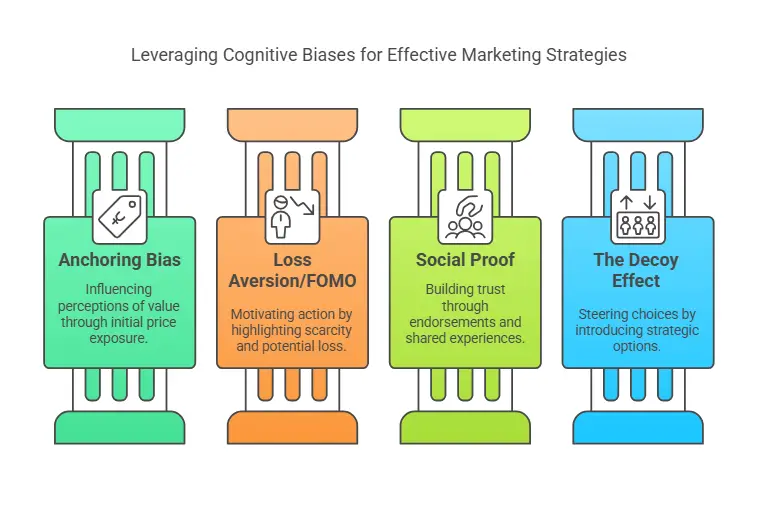
Emotional vs. Rational Decision-Making
Consumers’ decisions are not purely logic-driven. Many small business owners assume highlighting the features of their products is enough. In reality, emotions often steer the ship, and logical reasons help justify the journey.
- Emotional Appeals: Tap into feelings of joy, nostalgia, family, or community to connect deeply with your audience.
- Rational Appeals: Emphasize cost-effectiveness, durability, or professional certifications to satisfy the logical side of consumer thinking.
By blending emotional and rational appeals, you cover both bases—engaging impulse buyers while reassuring the more analytical ones.

Impact of Digital and Social Media on Consumer Choices
The digital landscape has revolutionized how we buy. Online shopping is at people’s fingertips 24/7, and social media serves as a big stage where trends, recommendations, and reviews go viral in real time.
- Social Media Influence
Platforms like Facebook, Instagram, and TikTok heavily drive product discovery. Small businesses can leverage targeted ads, behind-the-scenes reels, or customer-generated content to stand out. - Retargeting Ads
Ever notice ads for a product you just browsed? Retargeting uses cookies to follow up with interested customers. As a small business, this can be a cost-effective way to rekindle interest and remind shoppers of items they left in their carts. - Online Reviews & Ratings
Positive reviews on Google My Business, Yelp, or social platforms can make or break a sale. Encourage satisfied customers to share their experiences. One or two sentences can build tremendous trust.
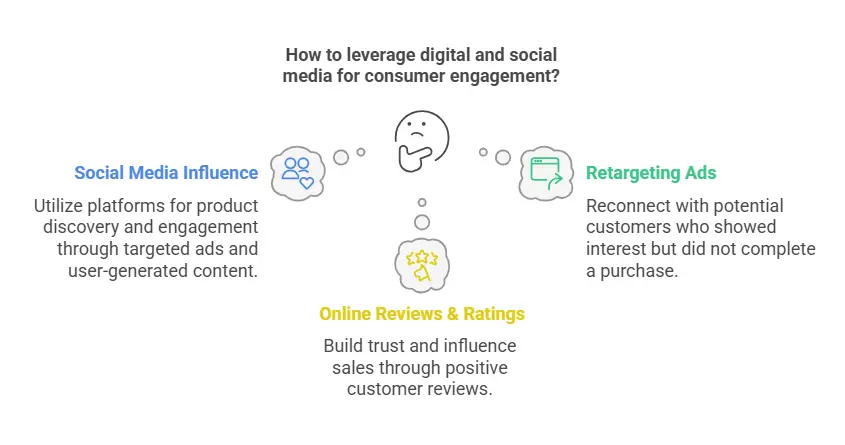
Case Study 1: Sarah’s Sweet Treats – A Local Bakery’s Journey
Problem: Sarah owned a small bakery with delicious pastries, but foot traffic remained low, and her daily batch often went unsold. She needed to understand why casual browsers weren’t turning into loyal customers.

Step 1: Identifying the Need
Shoppers passing by Sarah’s store recognized they wanted a snack or sweet treat but had plenty of nearby options. She needed a way to stand out in a competitive area.
Step 2: Information Search
Potential customers often scrolled through social media or checked Google Maps for bakery reviews. Sarah realized her online presence was weak—her bakery had only a few outdated photos and minimal reviews.
Step 3: Evaluation of Alternatives
Customers compared her bakery’s selection and pricing with competitors. Without many reviews or updated pictures, Sarah’s bakery didn’t impress those looking online.
Step 4: The Turnaround
- Social Proof: Sarah began asking regulars for honest reviews, offering a free croissant coupon as a small thank-you. Within weeks, her Google My Business listing had more 5-star reviews.
- Scarcity Principle: She introduced “limited daily specials.” Only 20 specialty pastries were made each morning, which quickly sold out. Knowing these treats might be unavailable by midday encouraged more people to stop by earlier.
- Emotional Appeal: She posted behind-the-scenes videos on Instagram—mixing dough by hand, showcasing fresh, warm pastries at dawn—stirring emotional cravings for a homestyle treat.
Step 5: Post-Purchase Loyalty
After buying, customers loved the personal thank-you notes Sarah included in takeout orders. She also handed out loyalty cards—buy 6 pastries, get the 7th free. This gesture encouraged repeat visits.
Results: Within three months, foot traffic doubled. Instagram followers soared, and daily pastry batches started selling out before closing time. Sarah effectively leveraged consumer buying behavior by focusing on social proof, emotional imagery, and a touch of scarcity.
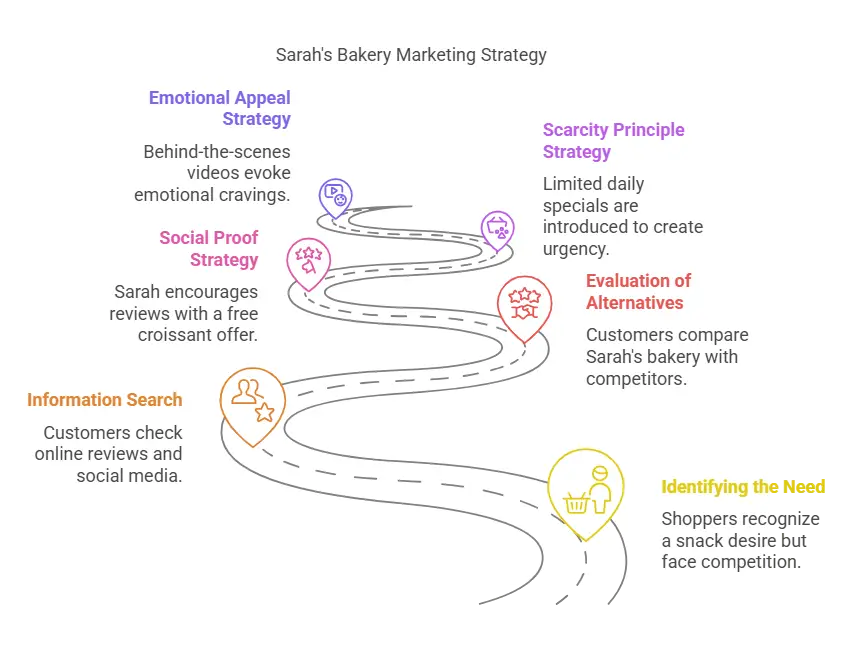
Case Study 2: Carl’s Computers – High-Tech Solutions for Budget Buyers
Problem: Carl sold refurbished laptops and PCs from his small shop. Despite competitive pricing, he struggled with an online audience that perceived “refurbished” as low-quality.

Step 1: Problem Recognition
Many small business owners or college students needed affordable computers but worried about reliability.
Step 2: Information Search
Potential buyers did thorough research, reading blogs and reviews about refurbished electronics. Carl’s site didn’t highlight the testing process or warranty—key details for someone seeking assurance.
Step 3: Evaluation of Alternatives
Competitors with more transparent “before/after” checks and warranties seemed more attractive. Carl needed to build trust.
Step 4: Tackling Objections & Showing Value
- Anchoring Bias: Carl showcased a new laptop price side by side with his refurbished price—making the latter seem like a fantastic deal.
- Authority & Credibility: He displayed certifications (“Certified Refurbisher” badges), added a 6-month warranty, and posted a blog explaining his thorough inspection process.
- Customer Testimonials: He encouraged previous buyers to share success stories—particularly students or small businesses that saved money using his PCs.
Step 5: Post-Purchase Engagement
Carl’s Computers followed up with each customer via email, offering tips on extending the life of their refurbished laptop and a referral bonus if they recommended his shop to others.
Results: Over time, Carl’s shop gained credibility. His website traffic saw a spike once he started blogging about tech tips, and the combination of transparent warranties plus testimonials soothed fears about refurb quality. Monthly sales increased by 40%, and word-of-mouth referrals multiplied.
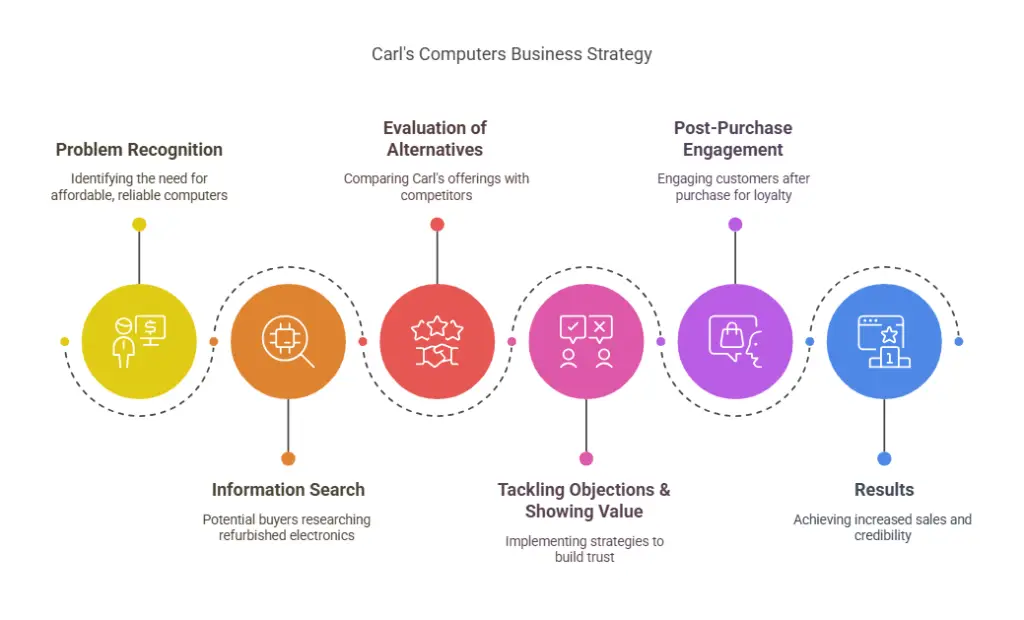
Actionable Tips for Leveraging Consumer Insights
1. Optimize Online Visibility
- Ensure your business appears in local search results with SEO-friendly descriptions and updated Google My Business listings.
- Use relevant keywords in product descriptions and blog posts to connect with shoppers during the information search stage.
2. Build Social Proof Early
- Encourage reviews. Offer small incentives like discounts for customers who write honest testimonials.
- Highlight awards, certifications, or unique selling points on your homepage.
3. Tap into Emotional Storytelling
- Share the story behind your brand—why you started, who you serve, and what impact you aim to make in your community.
- Use real-life images or short videos of your products in action to evoke feelings of authenticity and trust.
4. Reduce Friction at Checkout
- Provide secure payment options and a clear return policy.
- Simplify forms—ask for only the necessary information to finalize the sale.
5. Follow Up After Purchase
- Thank customers for their business with a personal note or email.
- Offer loyalty programs or referral discounts to encourage repeat sales and word-of-mouth marketing.
6. Use Urgency and Scarcity (Ethically)
- Limited-time offers or seasonal products can encourage quicker decisions.
- Highlight real stock levels or deadlines if they apply—avoid fake scarcity to maintain credibility.
7. Listen & Adapt
- Conduct periodic surveys or short polls to see how customers feel about new products or services.
- Use feedback to improve—integrate suggestions or address criticisms head-on.
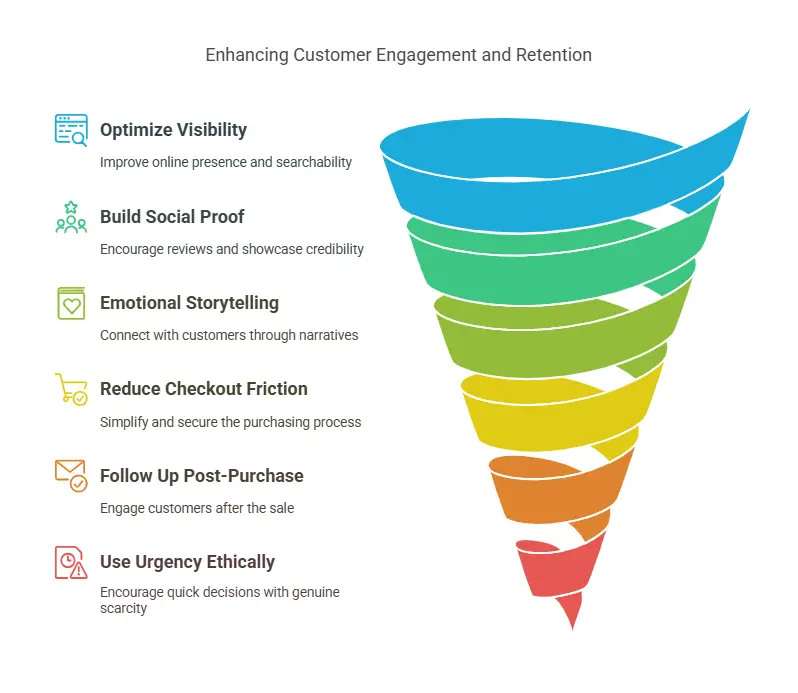
Conclusion
Consumer buying behavior is a tapestry of emotions, logic, social cues, and habits—and for small business owners, mastering these insights can dramatically impact your bottom line. Whether you run a local bakery or sell tech equipment online, understanding your customers’ decision-making processes allows you to deliver more compelling marketing, foster stronger loyalty, and ultimately, drive sustainable growth.
By tapping into psychological principles like social proof, scarcity, and emotional appeals, you elevate your brand above the noise. Meanwhile, a well-thought-out buyer’s journey—from need recognition to post-purchase engagement—sets the stage for happier customers and healthier sales. The best part? When you consistently align your offerings with the genuine needs and desires of your audience, you’re not just making sales—you’re building lasting relationships.
If you’re ready to step up your marketing game, consider implementing a few of these strategies, monitoring results, and adjusting as you go. Over time, you’ll likely see the direct benefits in rising conversions, repeat customers, and the priceless currency of positive word-of-mouth. Put simply, understanding consumer buying behavior isn’t just a “nice to have”—it’s a roadmap to growing your business. And every small business owner deserves the chance to use it.
Frequently Asked Questions
What is consumer buying behavior?
Consumer buying behavior refers to how individuals make decisions to purchase and use products or services, influenced by psychological, emotional, and social factors, guiding how they choose, evaluate, and respond to products.
Why is understanding buying behavior important for small businesses?
Understanding buying behavior helps small businesses tailor marketing efforts, match offerings to customer needs, enhance satisfaction, drive loyalty, and build competitive advantage for sustained growth.
What psychological factors influence buying decisions?
Psychological factors like motivation, perception, beliefs, attitudes, and past experiences shape buying decisions. They affect how consumers recognize needs, process information, and select products or brands.
How do social factors impact consumer buying behavior?
Social factors such as family, friends, social networks, and cultural norms influence buying decisions through recommendations, peer pressure, or societal expectations, impacting consumer preferences and brand choices.
What are the stages of the consumer buying process?
The consumer buying process involves five stages: problem recognition, information search, evaluating alternatives, purchase decision, and post-purchase evaluation, guiding how consumers select and use products.
Further reading
SurveySparrow, “Consumer Buying Behavior: The Decision-Making Process Explained,” SurveySparrow Blog, last modified December 2023, https://surveysparrow.com/blog/consumer-buying-behavior/. (Accessed March 4, 2025).
Clootrack, “Major Factors Influencing Consumer Behavior,” Clootrack Knowledge Base, last modified 2024, https://www.clootrack.com/knowledge/customer-behavior-analytics/major-factors-influencing-consumer-behavior. (Accessed March 4, 2025).
Andleeb Anjum and Alaa Noori Hashim, The Impact of Social Media Advertising on Consumer Buying Behavior (Master’s thesis, University of Gävle, 2022), https://www.diva-portal.org/smash/get/diva2:1664037/FULLTEXT01.pdf. (Accessed March 4, 2025).
SDGs Review, “Analysis of the Influence of Psychological Factors on Consumer Behavior and the Decision-Making Process,” Lifestyle Journal, vol. 4, no. 2 (2023): 1-10, https://sdgsreview.org/LifestyleJournal/article/view/3617. (Accessed March 4, 2025).
ResearchGate, “Analysis of the Influence of Psychological Factors on Consumer Behavior and the Decision-Making Process,” ResearchGate, last modified October 2023, https://www.researchgate.net/publication/375038862_Analysis_of_the_Influence_of_Psychological_Factors_on_Consumer_behavior_and_the_Decision-making_Process. (Accessed March 4, 2025).
Brand Master Academy, “Factors Influencing Consumer Behavior,” Brand Master Academy, last modified 2024, https://brandmasteracademy.com/factors-influencing-consumer-behaviour/. (Accessed March 4, 2025).
Marketing Business Network, “Factors Affecting Consumer Buying Behavior,” YouTube Video, uploaded December 15, 2023, https://www.youtube.com/watch?v=Hi_RZzxBfFw. (Accessed March 4, 2025).
Business Science, “The Psychology of Consumer Behavior,” YouTube Video, uploaded November 10, 2023, https://www.youtube.com/watch?v=S-gvjYk3Nek. (Accessed March 4, 2025).

